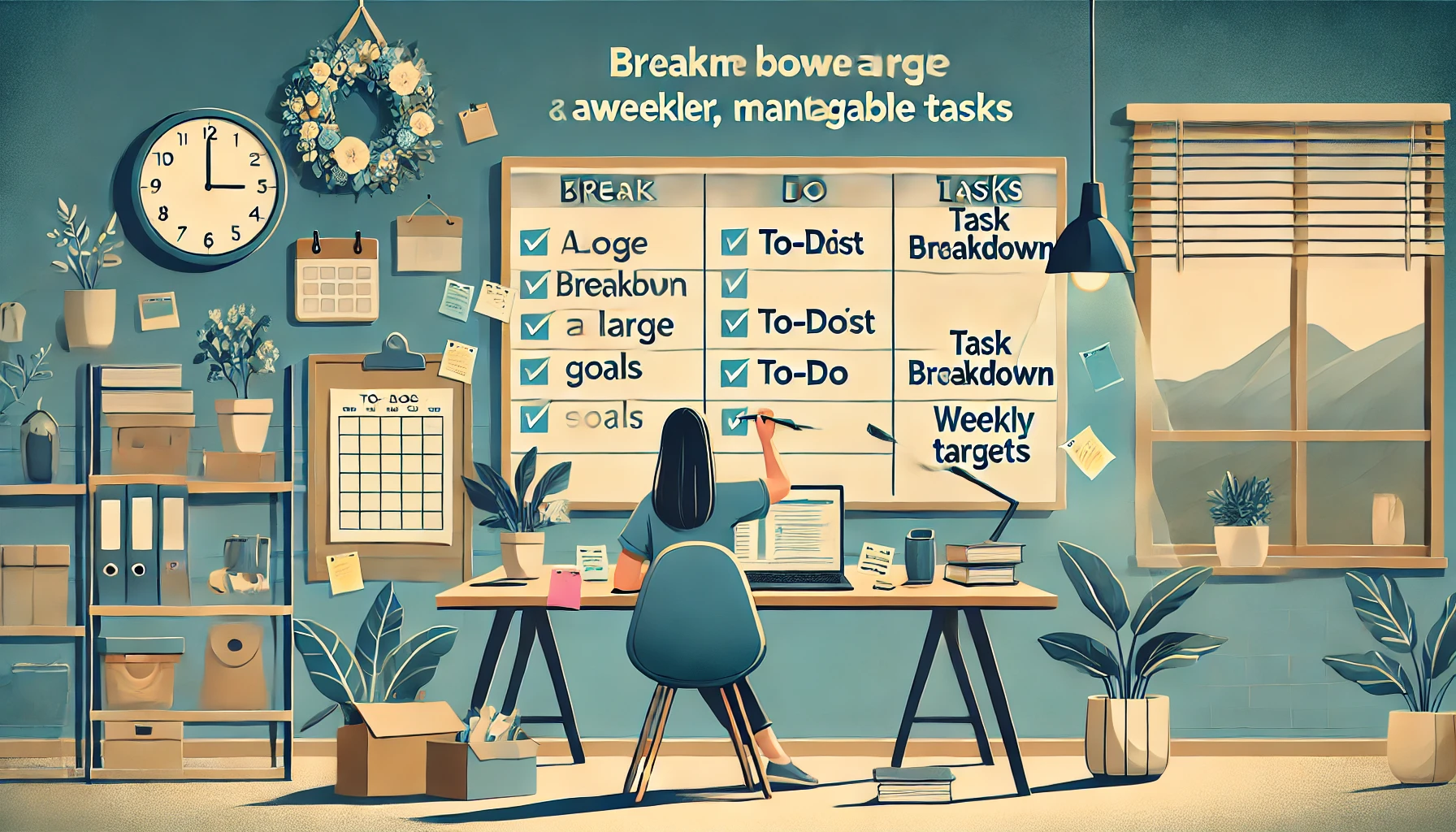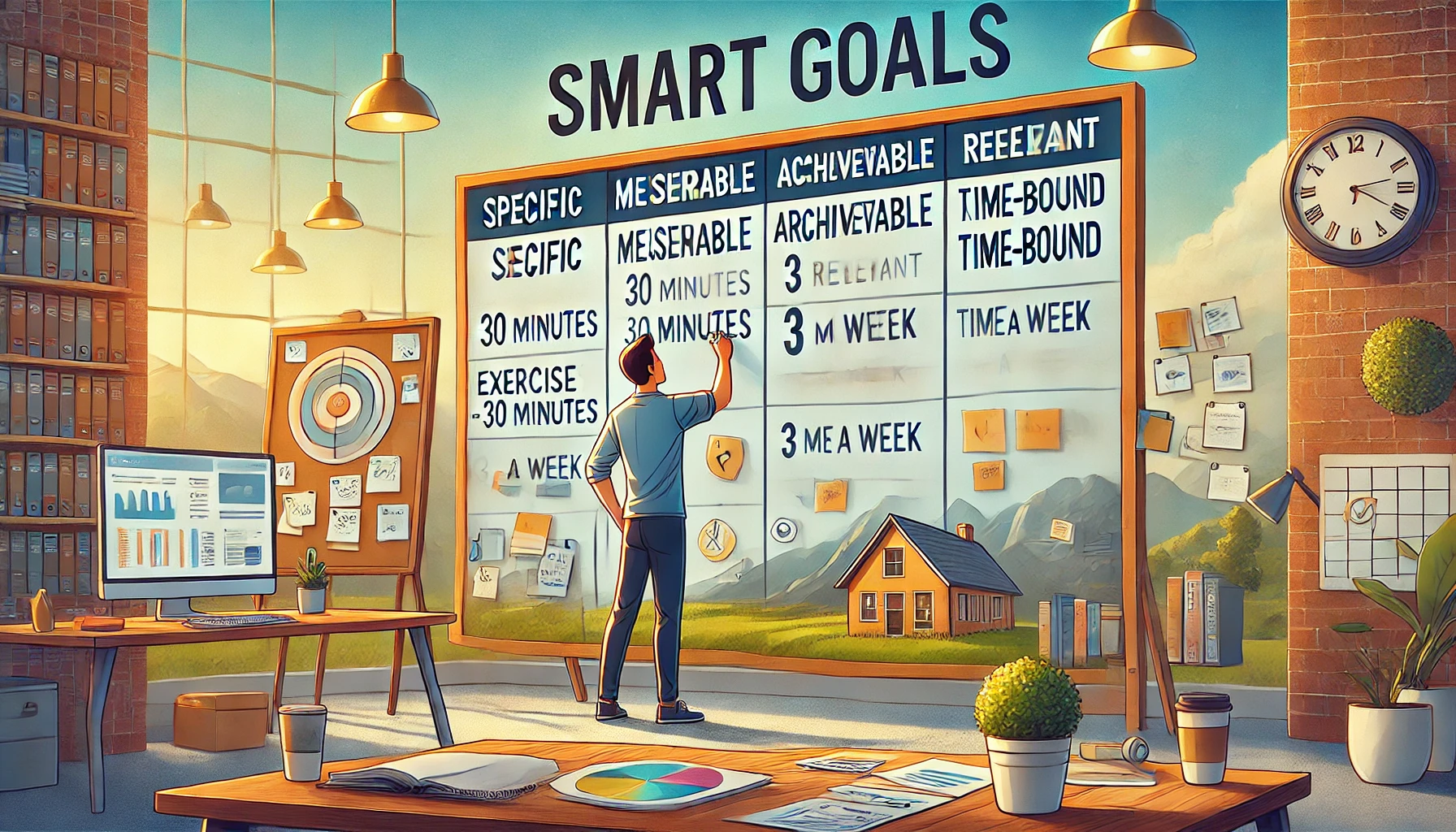Achieving your weekly targets can be challenging, especially when life gets busy and priorities start piling up. But with a little structure and the right approach, it’s definitely possible to stay on track. Whether you’re a busy professional juggling deadlines, a student balancing assignments, or a freelancer managing multiple projects, having a clear plan is essential. This guide will walk you through seven practical tips to help you hit your weekly goals effectively, making the most of your time and resources. Let’s dive in.
1. Break Down Your Goals into Manageable Tasks 
One of the biggest reasons people struggle to achieve their weekly targets is because they set goals that are too broad or overwhelming. Breaking your larger goals into smaller, manageable tasks is a game-changer. For instance, instead of saying, “I want to finish this project,” break it down into actionable steps like “complete research,” “draft an outline,” and “review and edit.” By focusing on bite-sized tasks, you’ll find it easier to stay motivated and keep track of your progress. WeekPlan’s goal-setting features allow you to break down goals using task lists, helping you see exactly what needs to be done each day to hit your weekly targets.
2. Prioritize Tasks Using the Eisenhower Matrix
Not all tasks are created equal. To efficiently reach your weekly goals, you need to prioritize what truly matters. The Eisenhower Matrix is a great tool to categorize tasks based on urgency and importance. For example, tasks that are both urgent and important should be handled first, while non-urgent, non-important tasks can be delegated or postponed. WeekPlan’s integration of the Eisenhower Matrix helps you focus on high-impact activities, ensuring that your week is productive rather than just busy.
3. Schedule Time Blocks for Focused Work 
Setting aside dedicated time blocks for focused work can drastically improve your productivity. This strategy involves allocating specific hours for deep work without interruptions. For instance, reserving 9 AM to 11 AM for important tasks ensures you’re tackling your priorities when your energy levels are highest. WeekPlan’s timeboxing feature can help you allocate time for your top-priority tasks, so you’re more likely to complete them within the week.
4. Review and Adjust Your Weekly Plan
No plan is perfect, and life often throws unexpected challenges our way. This is why it’s crucial to review your progress mid-week. Spend some time on Wednesday to evaluate what’s working and what isn’t. Are there tasks that took longer than expected? Is there something that can be shifted to next week? Adjusting your weekly targets as you go ensures you’re staying realistic and not setting yourself up for failure. WeekPlan makes it easy to review your progress with its goal tracking tools, helping you adjust plans on the go.
5. Leverage SMART Goals for Better Clarity 
SMART (Specific, Measurable, Achievable, Relevant, and Time-bound) goals are highly effective in keeping you focused. By ensuring your weekly targets are clear and measurable, you eliminate ambiguity and increase your chances of success. For example, instead of setting a vague goal like “exercise more,” set a SMART goal like “work out for 30 minutes, three times this week.” WeekPlan’s goal templates can guide you in setting SMART goals that align with your weekly priorities.
6. Use Recurring Tasks to Build Consistency
Consistency is key to achieving long-term success. Setting up recurring tasks for activities that need to be done regularly, like weekly reports or client check-ins, can save you time and mental energy. This way, you don’t have to remember to schedule these tasks every week manually. WeekPlan’s recurring task feature is perfect for automating repetitive tasks, ensuring nothing slips through the cracks and helping you stay consistent with your routine.
7. Reflect on Your Week to Improve Next Week’s Plan 
At the end of each week, take some time to reflect on what you achieved and where you fell short. This reflection will help you understand patterns in your productivity, allowing you to optimize your planning for the following week. For instance, if you noticed that meetings disrupted your workflow, you could plan to schedule them outside of your peak productivity hours next time. WeekPlan offers journaling and review tools that can help you assess your weekly performance, ensuring continuous improvement.
Frequently Asked Questions (FAQs)
1. How can I set achievable weekly targets? Use the SMART goal-setting method to ensure your targets are specific, measurable, achievable, relevant, and time-bound. WeekPlan’s goal templates can help you create clear targets.
2. How does WeekPlan help with prioritizing tasks? WeekPlan uses the Eisenhower Matrix to help you prioritize tasks based on their urgency and importance, ensuring you focus on what truly matters.
3. Can WeekPlan automate recurring tasks? Yes, WeekPlan allows you to set up recurring tasks, so you don’t have to keep scheduling repetitive activities manually.
4. How often should I review my weekly plan? A mid-week review is recommended to assess your progress and make adjustments. WeekPlan’s goal tracking tools make this process seamless.
5. What are time blocks, and how do they improve productivity? Time blocks involve setting aside dedicated hours for focused work. WeekPlan’s timeboxing feature helps you allocate time effectively to complete important tasks.
6. Why is it important to reflect on your week? Reflection helps you identify productivity patterns and areas for improvement. WeekPlan’s journaling tools support this reflection process.
7. What if I can’t meet my weekly targets? Adjust your targets and focus on learning from setbacks. WeekPlan helps you modify plans quickly to stay on track.
8. How do SMART goals align with weekly planning? SMART goals provide clarity and structure, making it easier to hit your targets. WeekPlan’s goal-setting features support this approach.
9. Can WeekPlan help with long-term goal tracking? Yes, WeekPlan offers tools to track both weekly and long-term goals, ensuring alignment with your overall objectives.
10. What are some best practices for using WeekPlan? Use its goal-setting templates, recurring tasks, and Eisenhower Matrix to maximize productivity and stay on top of your weekly targets.

More Posts
Top 9 Monthly Calendar Planners for Entrepreneurs
Entrepreneurs understand the need for reliable monthly planners to manage their busy schedules and maximize productivity effectively. Selecting the perfect planner can be daunting, with numerous options available. To simplify the process, we...
9 SMART Time Management Goals You Should Consider
Time management tricks make it easier to get more done today. SMART goals—Specific, Measurable, Attainable, Relevant, Time-bound—turn wishes into real plans. They give you clear steps and can make daily tasks and work...
Best 10 Productivity Softwares to Boost Your Efficiency
Managing upcoming tasks, juggling multiple projects, and staying on top of to-dos can often become overwhelming in our fast-paced digital world. Whether you’re striving to organize personal tasks or improve team management, finding...
11 Top Time Management Questions to Ask A Candidate
In the world of work today, managing time well is key. It’s important to get a lot done and meet goals in the work hours. Time management is even more vital for those...